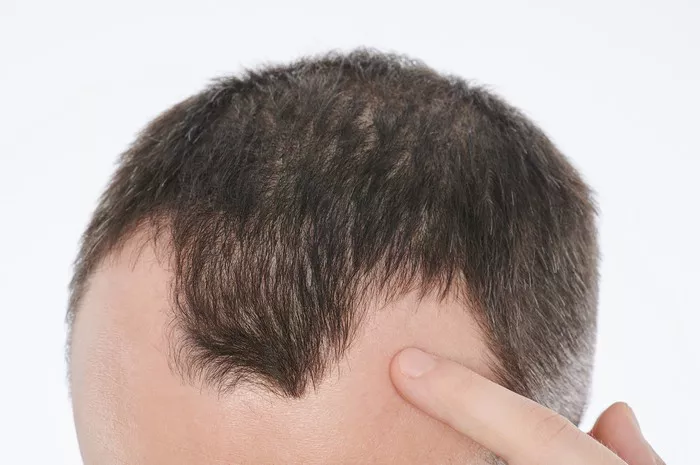Early research in mice points to a new method for restoring hair growth in individuals with a type of alopecia.
Alopecia areata is an autoimmune disorder affecting around 6 million Americans. Researchers at the Massachusetts Institute of Technology (MIT) in Boston report that this condition has no cure.
The disorder causes immune system T-cells to attack hair follicles, leading to hair thinning and bald spots.
Patients who tolerate it often use immunosuppressant steroid injections in the scalp to manage the condition. Some may opt for immunosuppressant pills, which come with their own complications.
“This method suppresses the whole immune system, providing relief from inflammation but causing frequent recurrences,” explained study co-senior author Natalie Artzi, a principal research scientist at MIT’s Institute for Medical Engineering and Science. “It also increases the risk of infections, cardiovascular diseases, and cancer.”
Artzi’s team pursued a different approach: a microneedle patch applied to the scalp. This patch releases drugs that reset the immune system to stop it from attacking hair follicles.
“This is a paradigm shift,” Artzi said in an MIT news release. “Instead of suppressing the immune system, we aim to regulate it precisely at the site of antigen encounter to generate immune tolerance.”
The treatment appears promising in mice. Those treated with the microneedle patch showed hair regrowth and significantly less inflammation where the patch was applied.
Additionally, the researchers noted that the harmful systemic effects of oral steroids were avoided.
Artzi and co-senior author Dr. Jamil Azzi, an associate professor at Harvard Medical School, highlighted the uniqueness of the microneedle technology. Unlike a topical cream, it allows drugs to penetrate the skin’s tough outer layer.
The experimental patch contains the cytokines IL-2 and CCL-22, which recruit regulatory T cells and reduce local inflammation.
This therapy helps the immune system recognize hair follicles as normal and not as threats, the researchers explained.
The patch could also monitor treatment effectiveness, they added.
So far, the research has been conducted only in mice. Experts caution that many treatments that work in animal models do not succeed in humans.
Nevertheless, the Boston team is hopeful and plans to launch a company to further develop the technology. They also aim to explore using microneedle patches for other autoimmune skin diseases.


